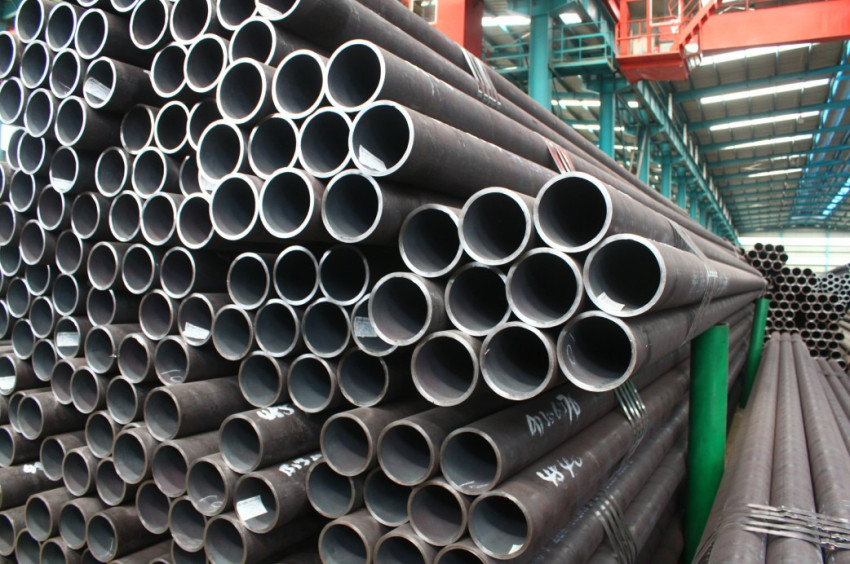
Seamless steel pipes have a hollow cross-section and are widely used as pipes for transporting fluids, such as pipes for transporting oil, natural gas, gas, water, and certain solid materials. Compared with welded steel pipes, steel pipes are lighter in weight when they have the same flexural and torsional strength, and are economical section steels. Widely used in the manufacture of structural parts and mechanical parts, such as oil drill pipes (octg pipe), automobile drive shafts, bicycle frames, and steel scaffolds used in construction, etc., use steel pipes to make ring parts
1. Quenching + high temperature tempering (also known as quenching and tempering treatment)
Heat the steel pipe to the quenching temperature to transform the internal structure of the steel pipe into austenite. Then, it is rapidly cooled at a rate greater than the critical quenching rate to transform the internal structure of the steel pipe into martensite, and combined with high-temperature tempering, the steel pipe structure is finally transformed into a uniform tempered sorbite structure. This process can not only improve the strength and hardness of the steel pipe, but also organically combine the strength, plasticity and toughness of the steel pipe.
2. Normalizing (also known as normalization)
Heat the steel pipe to the normalizing temperature to completely transform the internal structure of the steel pipe into austenite structure, and then use air as the medium to cool the heat treatment process. After normalizing, different metal structures can be obtained, such as pearlite, bainite, martensite or their mixed structures. This process can not only refine the grain, uniform composition, and eliminate stress, but also increase the hardness of the steel pipe and improve its cutting performance.
3. Normalizing + Tempering
Heating the steel pipe to the normalizing temperature, so that the internal structure of the steel pipe is completely transformed into austenite structure, then cooling in the air, and then tempering process. Steel pipe structure is tempered ferrite + pearlite, or ferrite + bainite, or tempered bainite, or tempered martensite, or tempered sorbite. This process can stabilize the internal structure of the steel pipe and improve the plasticity and toughness of the steel pipe.
4. Annealing
A heat treatment process in which the steel pipe is heated to the annealing temperature and held for a certain period of time, then slowly cooled to a certain temperature with the furnace and then cooled out of the furnace. Reduce the hardness of the steel pipe and improve its plasticity to facilitate subsequent cutting or cold deformation processing. Refining grains, eliminating structural defects, uniform internal structure and composition, improving the performance of steel pipes or preparing for subsequent processes. Eliminate the internal stress of the steel pipe to prevent deformation or cracking.
5. Solution treatment
Heat the steel pipe to the solid solution temperature, so that the carbides and various alloying elements are fully and uniformly dissolved in the austenite, and then cool rapidly, so that the carbon and alloying elements have no time to precipitate, and obtain a single austenite heat treatment process. The effect of this process: Uniform the internal structure of the steel pipe and the composition of the steel pipe; Eliminate hardening during processing to facilitate subsequent cold deformation processing; Restore the corrosion resistance of stainless steel.




